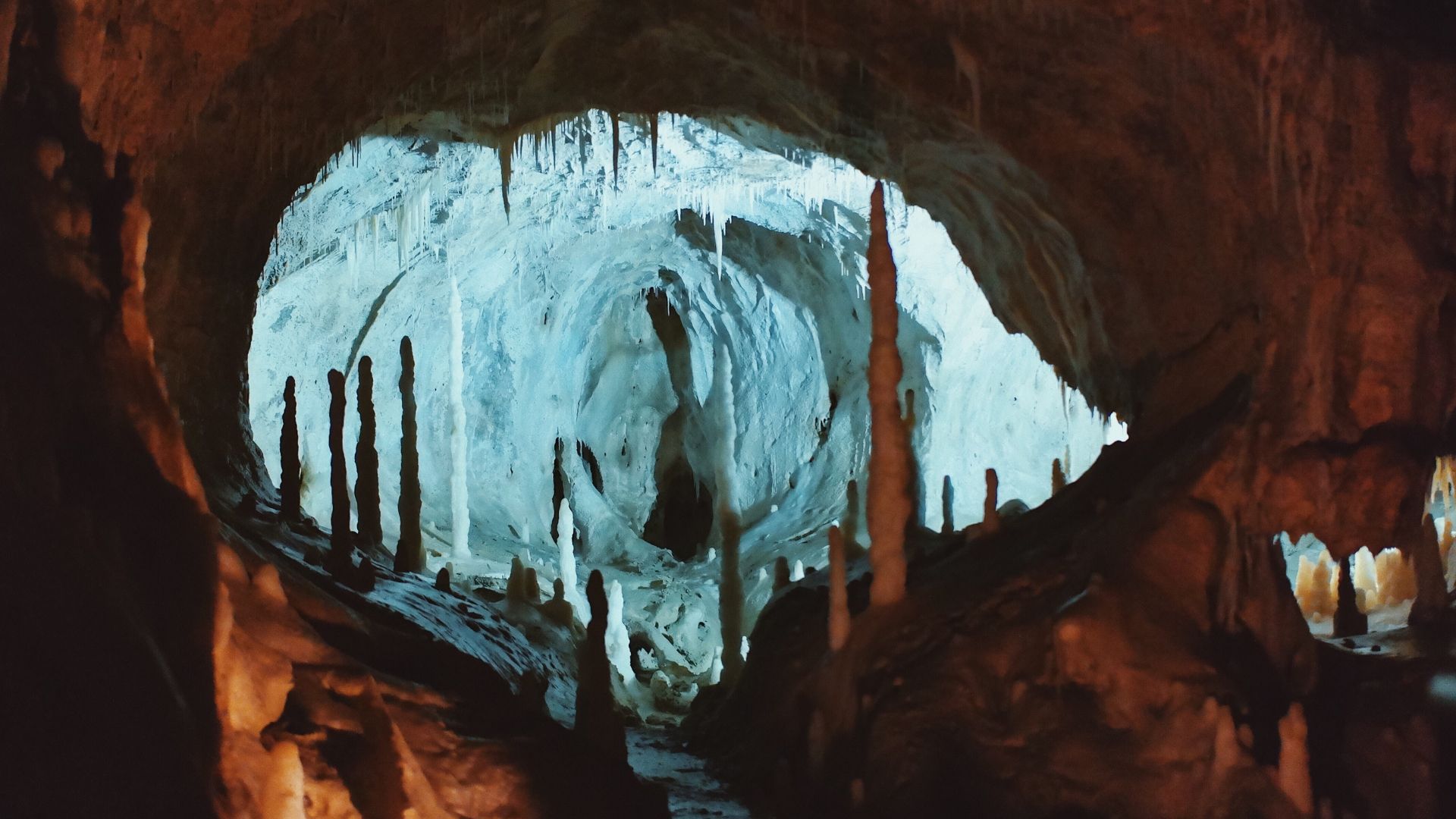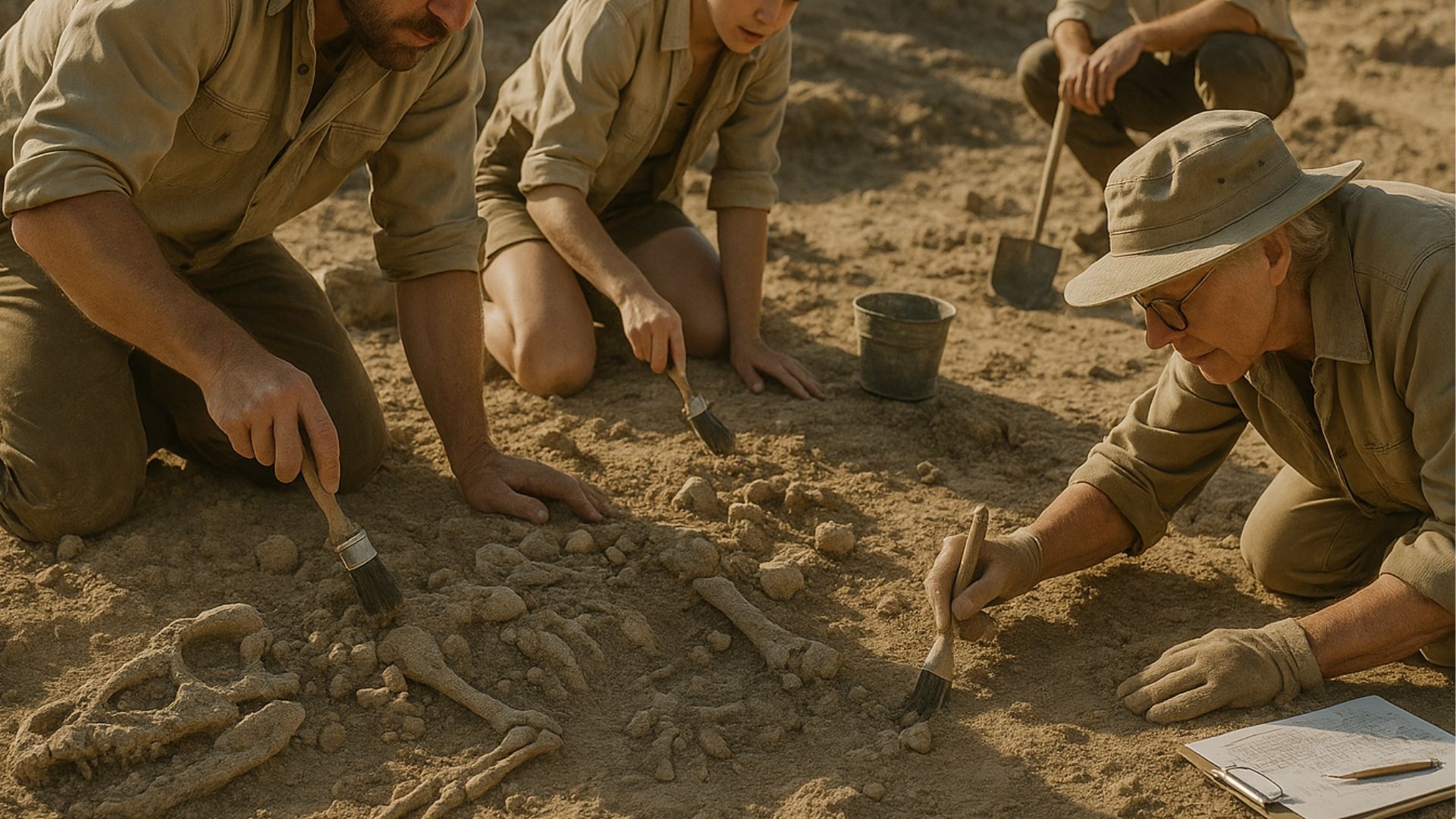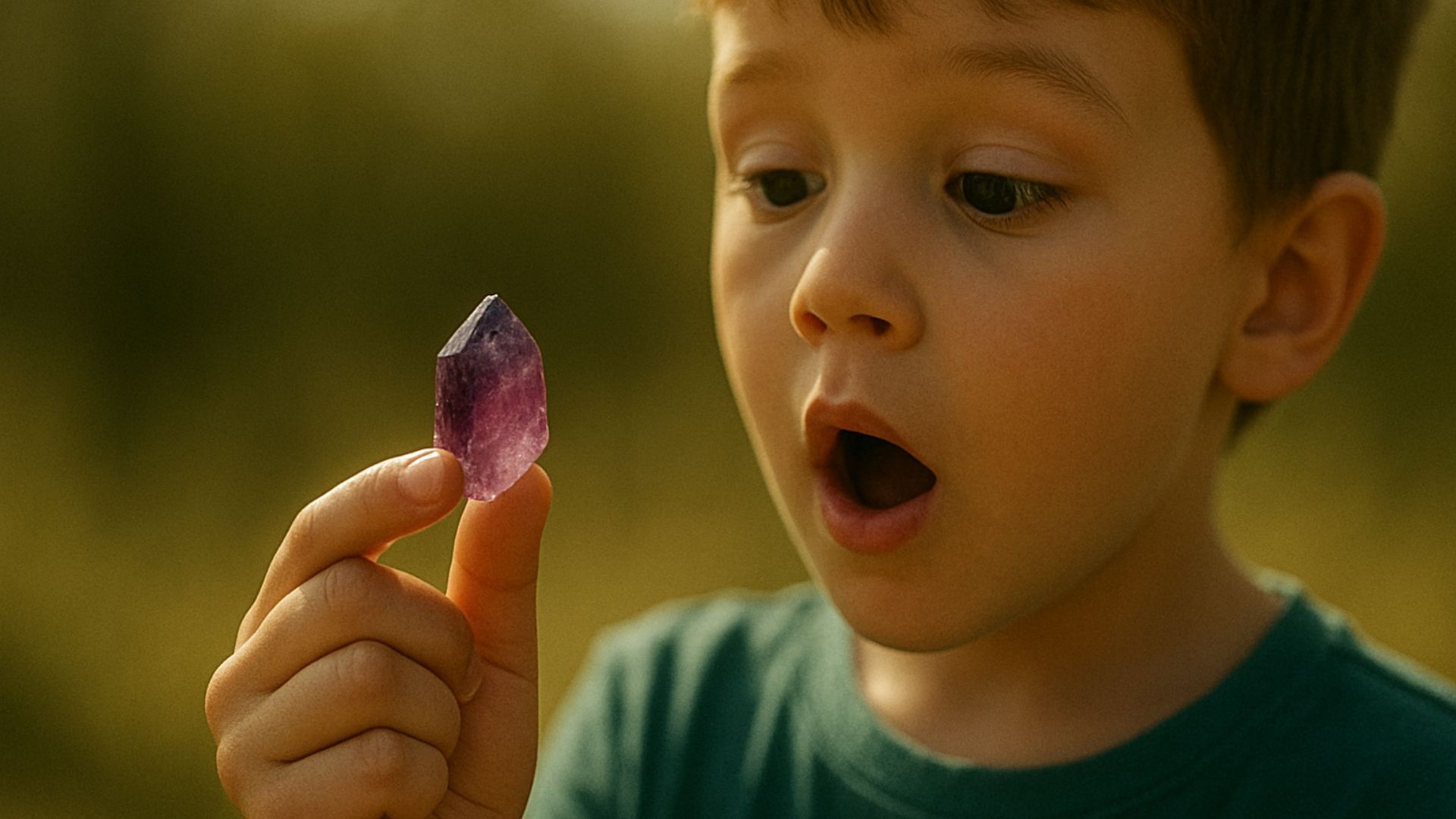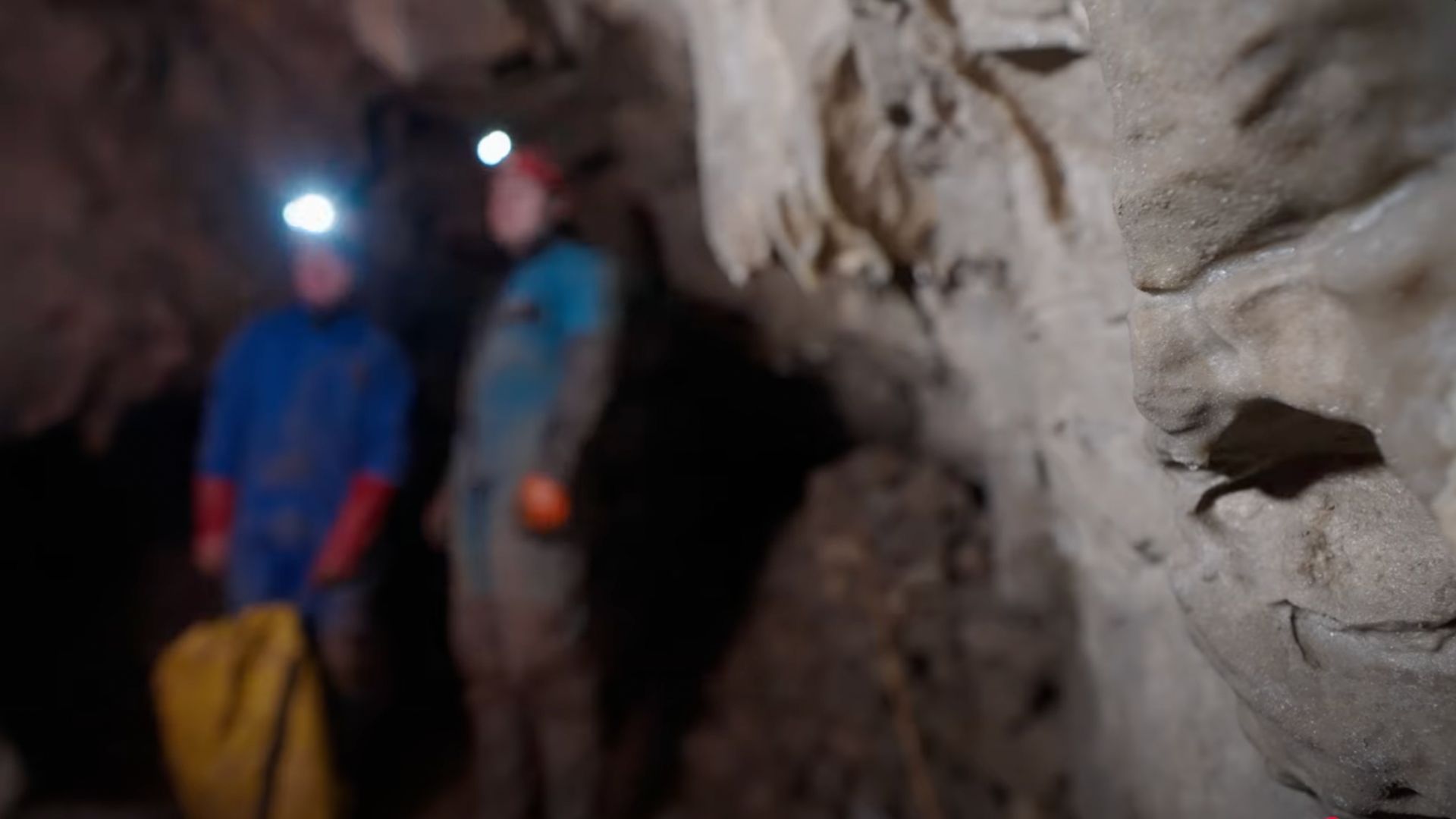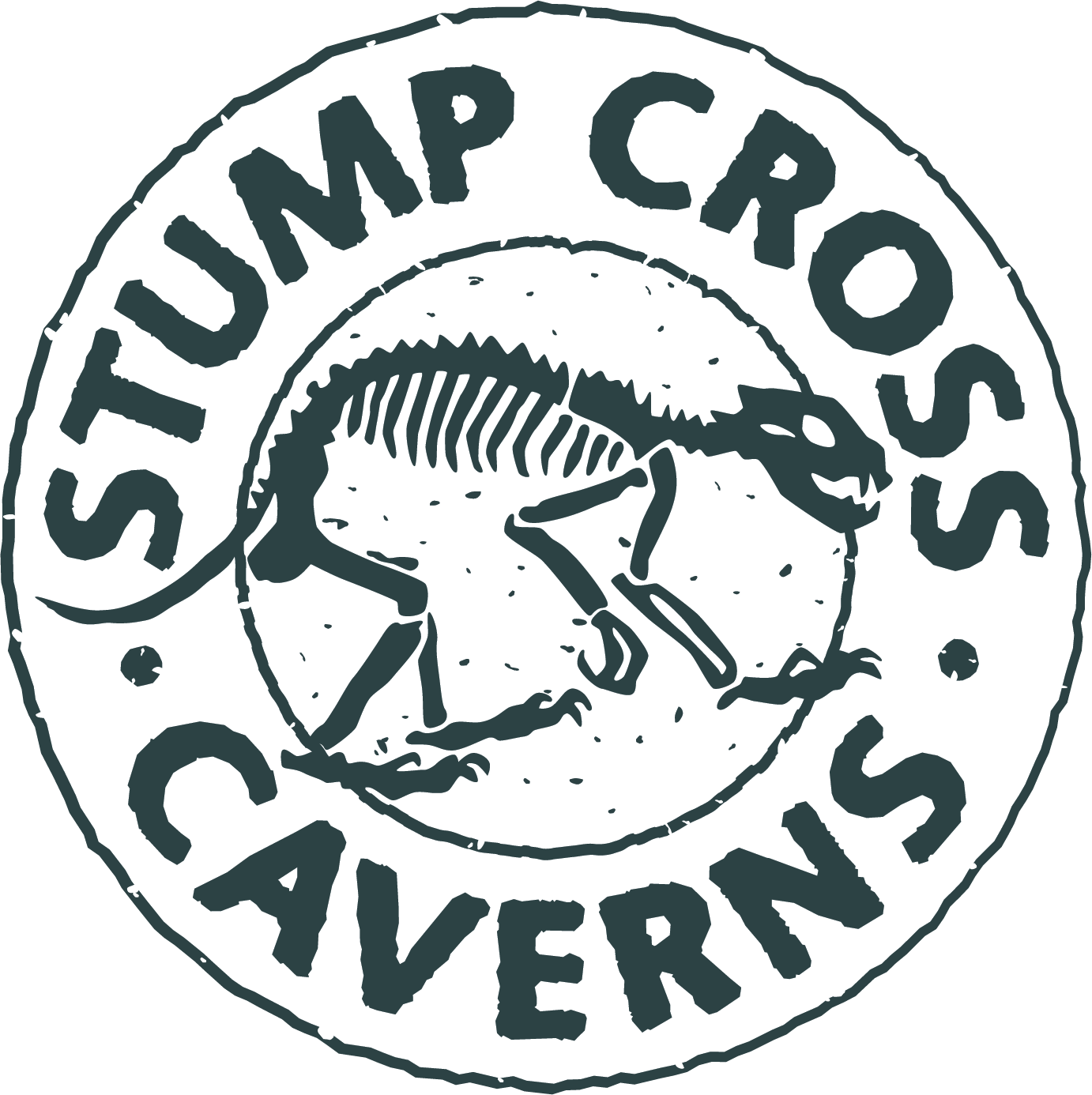Britain isn't known for fierce creatures nowadays – but things used to be very different. Learn about one of our scariest Stone Age animals: the cave lion.
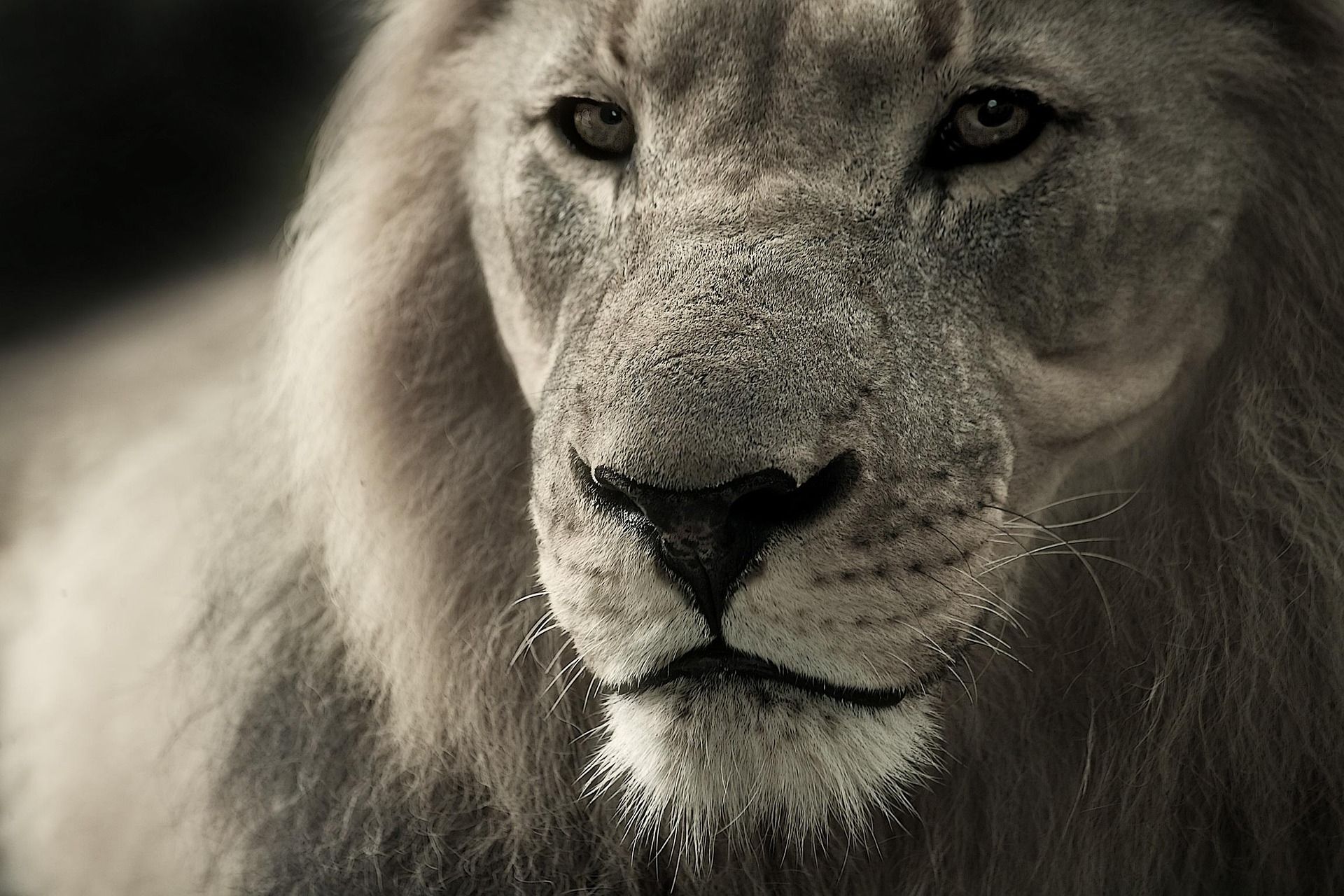
Would it surprise you to learn that many, many years ago, lions roamed the moors, mountains and valleys of Britain?
It's true! Don't believe us? Well, read on to discover all about the Eurasian cave lion.
Setting the scene: Stone Age Britain
Britain was not always the polite, comfortable country we inhabit today. Oh no! Long ago – before towns, cities, roads, trains, buildings and shops – Britain was a very different place.
Our Stone Age ancestors were nomadic, meaning they never settled in one place and relied on hunting and gathering for food and survival.
Can you imagine popping out to catch some dinner and coming face-to-face with a cave lion? No, us neither. But that's exactly what our predecessors had to contend with.
What are cave lions?
The Eurasian cave lion, or
Panthera spelaea, is a type of prehistoric big cat.
Although similar to the modern-day lion, ancient cave lions were genetically different and had unique and distinct features.
Despite the name, it's thought cave lions didn't really live in caves, but in open plains like their modern ancestors.
How cave lions evolved
About 2.5 million years ago, the Earth began to freeze. Vast ice sheets expanded and covered large portions of the globe. This was the start of the Quaternary Ice Age, which lasted until about 11,000 years ago.
The Ice Age was a period of great change. It saw the evolution of many prehistoric beasts such as the woolly mammoth, sabre tooth tiger, cave bear and – yes – cave lion.
Cave lions were descended from other lion-like big cats, which are thought to have roamed Tanzania as far back as 1.7 million years ago. They spread from East Africa to Europe, where a new sub-species evolved called
Panthera fossilis.
These cats were the direct ancestors of our own Eurasian cave lions.
Panthera spelaea evolved from
Panthera fossilis in Central Europe and were abundant in the area from around 450,000 to 13,000 years ago.
That means they lasted nearly half a million years! So far, modern humans have only managed 300,000 years or so.
What were the cave lion's characteristics?
Like many
Stone Age animals, cave lions were massive. Thought to be the largest cats ever to roam the earth, they could weigh up to 800 pounds, stand at five feet tall and reach 11 feet long.
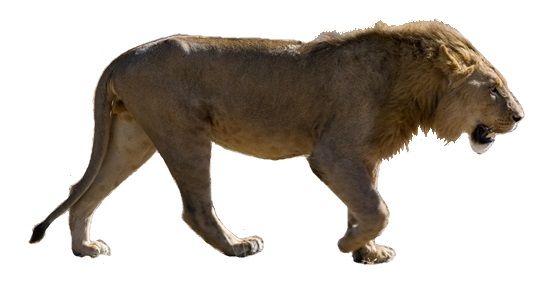
To put that in perspective, modern lions (Panthera leo) typically weigh 400 to 500 pounds, stand three to four feet tall and reach ten feet in length.
The cave lion's muzzle was longer and narrower than that of their modern cousins and male cave lions did not have manes.
Cave lions had very thick undercoats, which became denser in the winter. This adaptation allowed them to survive in the cold, unforgiving conditions of the Ice Age.
Cave lions were predators with sharp claws and teeth. Their main source of food was reindeer – but fossil samples have revealed they also hunted cave bear cubs and even young woolly mammoths. Their bite was twice as strong as that of today's lions, allowing them to tackle even the biggest Stone Age creatures.
Despite being able to run very quickly – up to 30 miles an hour – like all big cats, they could only chase prey for a relatively short amount of time.
Due to this and their great size, cave lions relied on ambush techniques. They would hide in bushes and surprise their unwitting meal.
Why did they go extinct?
So what happened to the cave lion? There isn't a clear answer as to why the cave lion (and many other Stone Age creatures) became extinct. It's likely due to a combination of factors.
Cave lions are thought to have died out around 13,000 years ago, which has led some scientists to believe that their extinction was connected to climate change.
As the Ice Age ended, the climate started to warm up, leading to changes in the environment. Large animals that the cave lions relied on for food may have become scarce as they struggled to adapt to the new conditions. With their food sources dwindling, the cave lions may have faced food shortages and increased competition from other predators.
Human activities, such as hunting, might also have contributed to their decline. We know through prehistoric art that humans co-existed with cave lions – and there is evidence to suggest we used their pelts (skin and fur) for clothing and shelter, so perhaps we were responsible after all.
Most likely, a combination of these factors caused the decline and eventual extinction of the Eurasian cave lion. However, we can't ever be sure as it was so long ago.
Cave lions in culture
In 1994, the Chauvet Cave in Ardeche, France was discovered. It contains the earliest known cave paintings of cave lions.

Just imagine our Stone Age ancestors making their own charcoal and paints some 17,000 years ago and creating these beautiful images.
Between 2015 and 2018, some frozen specimens of actual cave lions were discovered in Russia. One is so well-preserved that it's thought to be the best specimen of an Ice Age animal ever found.
Isn't it amazing to think that something born so long ago could provide us with some of the answers to the mysteries of prehistoric life?
A Stone Age adventure awaits
At Stump Cross Caverns, we're wild about the Stone Age. Are you?
Great! Come and explore our prehistoric caves, immerse yourself in history and discover amazing secrets from the last three million years. We even have a real-life
cavewoman on hand to answer your questions and help you dig for fossils.
And now you know all about cave lions, perhaps you could have a go at creating your very own cave art at home – just like our ancestors did all those years ago.
Are you looking for an entertaining and
educational day out? Stump Cross Caverns is the ideal destination.
Book online today and get ready to step back in time.


